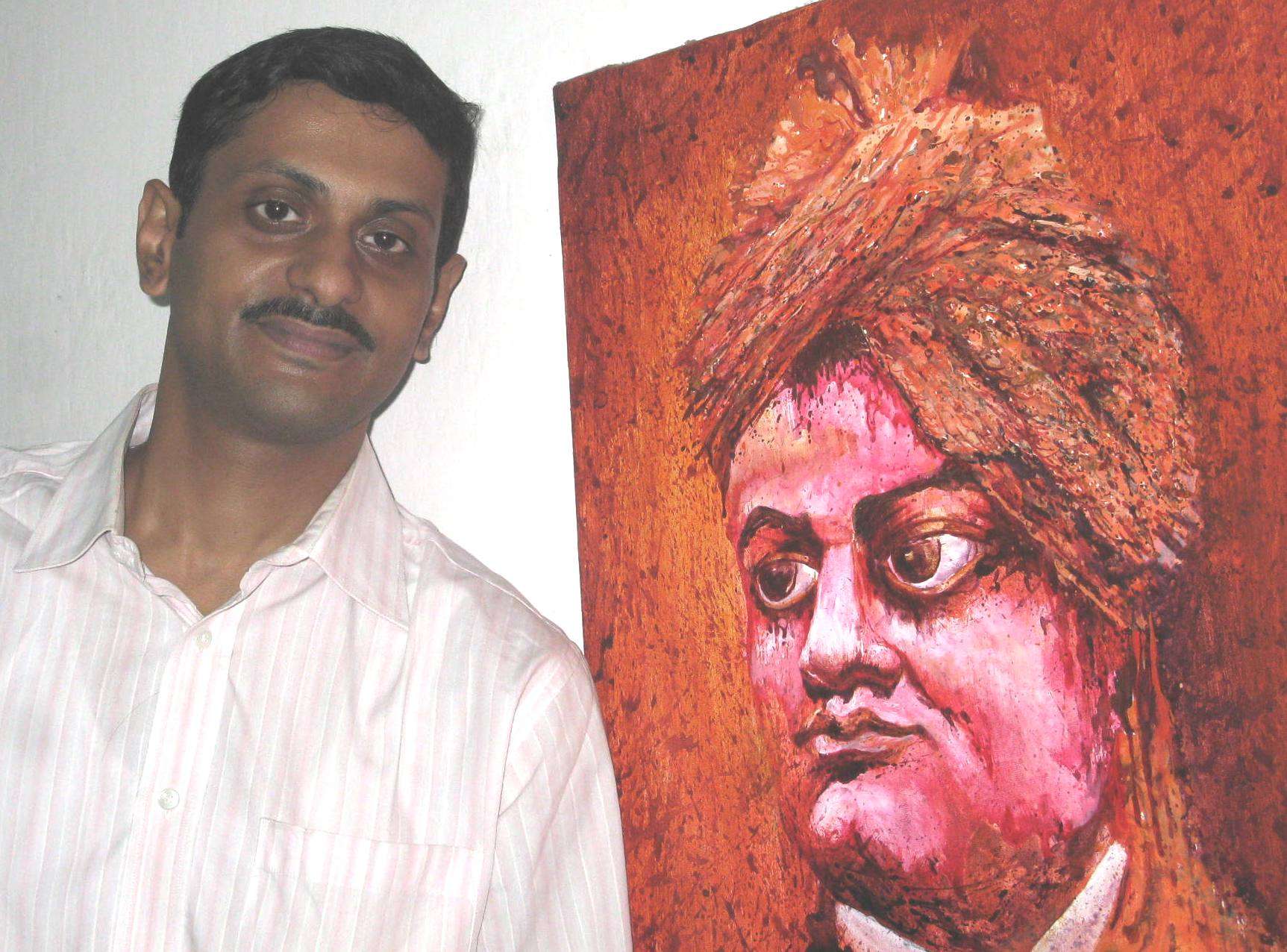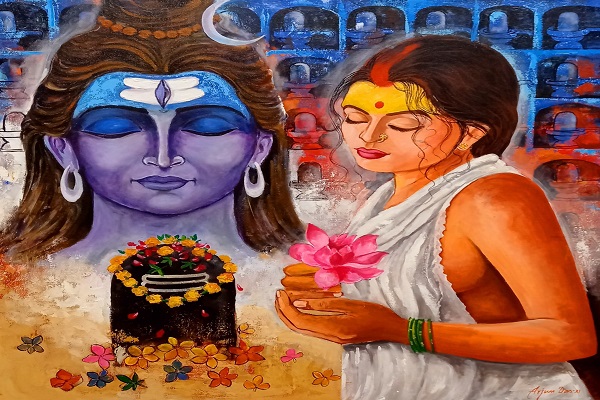
A Complete Guide to Purchasing Shiva Paintings Online Explore a world of brilliant chromaticity and intricate detail with Shiva paintings, an aesthetic expression that has enchanted art lovers for aeons. Shiva, the Hindu god of destruction and transformation, is a popular theme for artists in India and abroad. The paintings depict many aspects of Shiva's identity, such as his cosmic dance, introspective moods, and his iconic third eye.
Obtaining Shiva paintings is now easier than ever because of the rise of internet art shopping. However, the convenience of internet buying comes with the risk of fraud and getting counterfeit art. To properly appreciate the pulchritude and cultural relevance of these paintings, you must ensure that the artwork you are purchasing is genuine.
This guide will teach you how to spot genuine Shiva paintings and avoid fraud while purchasing art for sale online. We also offer advice on how to determine the worth of artwork, understand the materials utilized, and navigate the Internet art market. So sit back, relax, and let us lead you through the enthralling world of Shiva paintings.
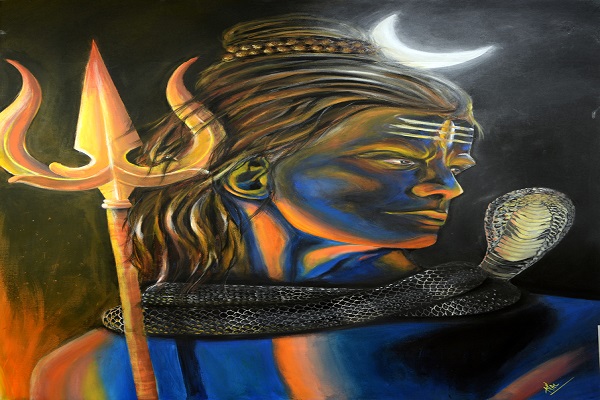
Researching the Artist
Prior to immersing yourself in the realm of Shiva paintings, it’s indispensable to comprehend the artist behind the brush. A veritable artist effuses their heart and soul into their work, endowing it with their distinctive perspective and style. Researching the artist can confer a profound appreciation of the artwork and furnish insight into the inspiration and creative process behind it.
The internet has facilitated it more than ever to research artists, with websites, social media profiles, and online reviews just a few clicks away. A cursory search can divulge the artist’s portfolio, past exhibitions, and critical acclaim. It’s indispensable to peruse reviews from antecedent buyers to get an inkling of the quality of their work and their professionalism.
Appraising the artist's reputation and expertise can also give you an idea of the artwork's prospective value. An artist with a strong reputation and a track record of successful shows is more likely to create high-quality work that will grow in value over time. By investigating the artist, you may also get a sense of their style and see whether it matches your preferences.
Hence, take the time to research the artist behind the Shiva painting you’re considering. You never know, you might discover a new favorite artist or gain a more profound appreciation of the artwork.
Interesting Blog: Contemplating the Irrefutable Thirst to Buy Shiva Paintings
Understanding The Material Used
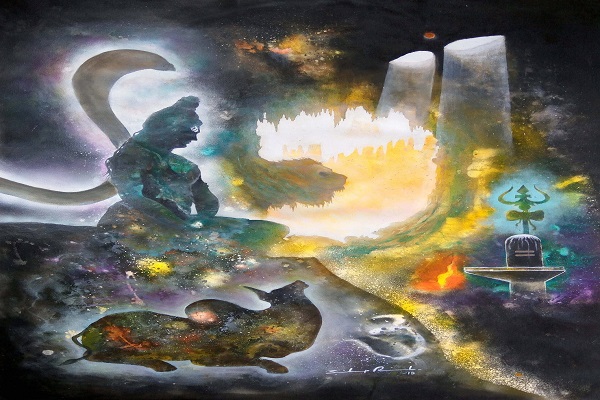
Comprehending the constituents utilized in Shiva paintings is of utmost importance in order to grasp the magnificence and worth of the artwork. These materials have a profound impact on the texture, color, and endurance of the painting, rendering it imperative to understand their essence.
Canvas or cloth, pigments, brushes, and varnish are the common materials utilized in Shiva paintings. The canvas or cloth utilized as the foundation for the painting is generally processed with a sizing material to prevent the pigments from penetrating the fabric. The pigments used can be natural or synthetic and can vary from muted hues to vivid tones.
The brushes employed to create the painting can differ in size and shape, with distinct brushes employed for different segments of the painting. The varnish utilized as a final touch can aid in safeguarding the painting from environmental factors and affixing a glossy finish.
It is critical to assess the quality of the materials used to ensure that the painting is of high quality and will stand the test of time. A good canvas or cloth should be free of defects and firmly woven. The pigments should be vivid and lightfast, which means they should not fade over time. Brushes should be carefully designed and produce polished, precise strokes. Finally, the varnish should be applied uniformly and provide a protective layer without concealing the nuances of the painting.
Understanding the materials used in Shiva paintings and evaluating their quality allows one to ensure that the artwork purchased is a spectacular and long-lasting addition to their collection.
Assessing the Authenticity of the Artwork
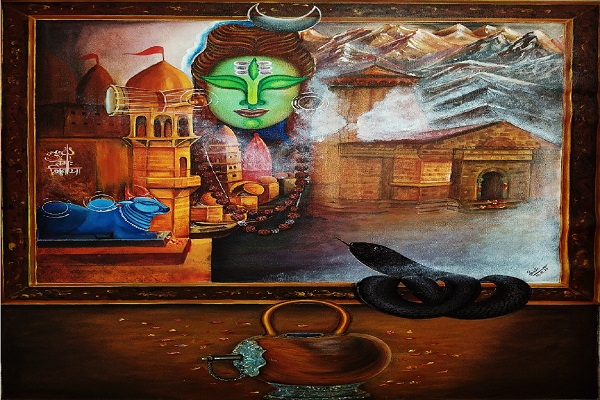
To avoid potential financial losses from purchasing counterfeit art, the authenticity of Shiva paintings must be carefully evaluated. The existence of forged artworks can dramatically degrade the value of one's collection, necessitating careful examination of the artwork before making a purchase.
Examining the painting for signs or inscriptions that reveal the artist's identity is an effective way of authenticity. The presence of certificates of authenticity, receipts, provenance, and assessments can also attest to the artwork's validity. However, depending exclusively on documentation may be risky because forgers can create bogus documents.
As a result, a close examination of the artwork is required, and distinguishing features such as discordant brushwork, anomalies in the subject matter, and inappropriate use of materials should be recognized.
By devoting sufficient time to authenticating a Shiva artwork of interest, the buyer might acquire a real piece of art while avoiding the risks of deceit.
Factors That Affect the Value of The Artwork
Because of its convenience, accessibility, and variety of possibilities, the online art market has gotten a lot of attention recently. However, navigating the Internet art market can be challenging due to the lack of physical touch with the artwork, the dangers of frauds and forgeries, and the difficulties in assessing the quality of the artwork.
To find credible online art markets and galleries, undertake extensive research, read feedback and reviews from previous purchasers, and look for platforms with a clear and transparent method for verifying artwork and sellers. Furthermore, buying from reputable galleries or auction houses can provide more certainty and confidence in the artwork's authenticity.
It is critical to thoroughly examine the artwork's authenticity, quality, and worth, as well as the seller's reputation and history, before making an informed purchasing decision. Seeking the advice of art specialists, such as appraisers or consultants, can also provide useful insights and direction.
Furthermore, it is critical to remain attentive and aware of common red flags in the art for sale online markets, such as unusually cheap pricing, insufficient or deceptive descriptions, and a lack of documentation or authenticity certificates. Buyers who are aware and alert can avoid fraud and make informed and cautious buys of Shiva paintings.
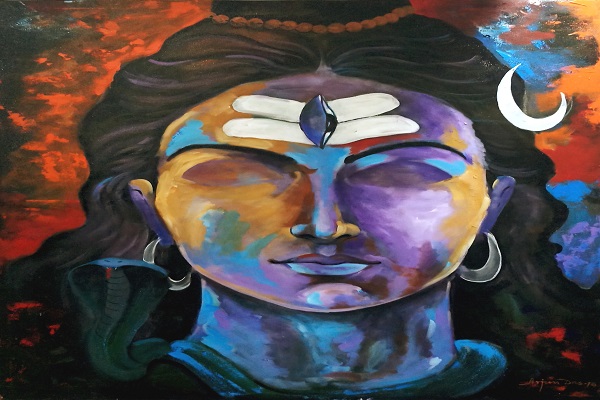
Read More: 5 Forms of Abstract paintings of Lord Shiva
Final Thoughts
Shiva paintings are highly sought-after pieces of art that can provide both aesthetic and financial value. Assessing the authenticity and value of the artwork is crucial to ensure a sound investment and avoid scams or forgeries. Key factors that affect the value of the artwork include the artist's reputation, rarity, and condition of the piece.
Buying art online can provide convenience and accessibility, but it also comes with challenges and risks. To find reputable online art marketplaces and galleries, thorough research and vetting are necessary. Additionally, being vigilant and informed when assessing the authenticity, quality, and value of the artwork, as well as the seller's reputation, can help buyers make confident and sound investments.
In conclusion, purchasing Shiva paintings online can be a rewarding and enriching experience for art enthusiasts and collectors. By following the tips and recommendations outlined in this guide, buyers can navigate the online art market with confidence and make informed and successful purchases.













